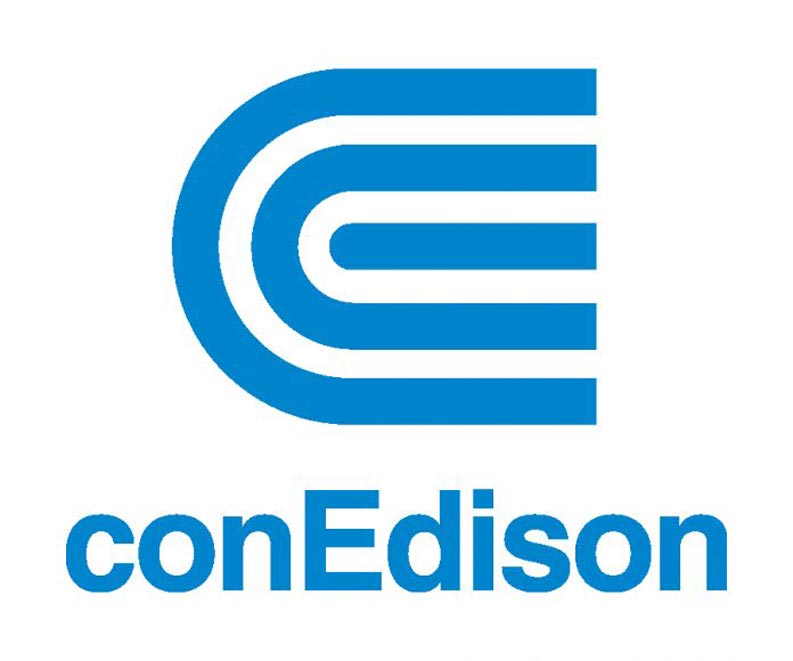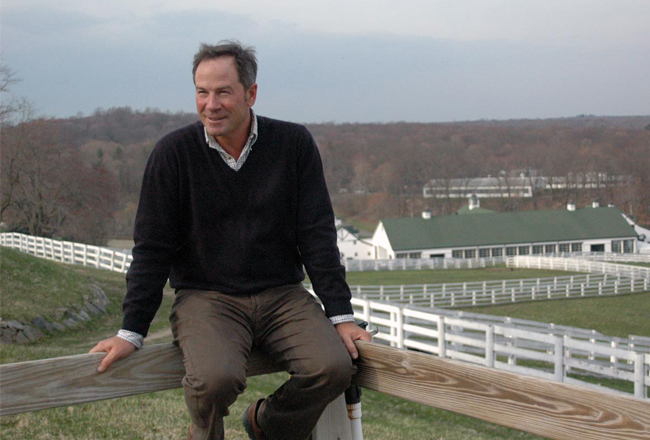Against the background of the devastation left by Hurricane Michael in the Florida panhandle, Georgia and other parts of the southeast, the president of Consolidated Edison announced a $100 million program to make the overhead electrical distribution system in Westchester County more resilient to storms over the next four years.
Timothy Cawley made the announcement on Oct. 16 when he met with County Executive George Latimer, Deputy County Executive Ken Jenkins, Assemblyman David Buchwald and other elected officials at the utility”™s offices in Rye.
 Cawley delivered a progress report on what the utility is doing to enhance its readiness to deal with storm emergencies. The county had presented a report to both ConEd and New York State Electric and Gas containing recommendations for beefing up their capabilities for responding to future widespread power outages following long-term outages in the wake of severe Nor’easters in March and other storms this year. Some utility customers, both residential and business, were without power for up to two weeks.
Cawley delivered a progress report on what the utility is doing to enhance its readiness to deal with storm emergencies. The county had presented a report to both ConEd and New York State Electric and Gas containing recommendations for beefing up their capabilities for responding to future widespread power outages following long-term outages in the wake of severe Nor’easters in March and other storms this year. Some utility customers, both residential and business, were without power for up to two weeks.
Cawley said the utility has developed improved procedures to keep customers informed when the power goes out and provide realistic estimates for times of restoration including increased capabilities for sending text messages. Software problems that led to customers being given misinformation in the past have been dealt with.
“We”™re also improving our communications with municipal officials so they know what”™s happening in their towns in terms of outages and crews and locations and they can help serve their residents and our customers better,” Cawley said.
ConEd has re-examined its use of mutual aid by which utilities depend on each other to pool repair crews. He said that rather than having to wait for crews from the East Coast, which may be tied up when a storm takes out power in a wide area, ConEd has the capability to fly in repair crews from the West Coast, giving it the ability to quickly have up to 600 crews working on restoration.
Cawley also reported that the company is planning to expand its tree trimming and removal programs, strengthen its communication with municipalities and work municipality-by-municipality to identify critical roads and facilities that will receive priority for clearing of debris and rebuilding of downed lines.
Cawley hinted the $100 million may just be the beginning in terms of costs for ConEd”™s storm readiness efforts. “We think there”™s enough ripe opportunities to meaningfully invest $100 million to make a difference in outages and then we”™ll revisit it and, as new technologies and equipment and practices come into play, we”™ll roll that out in years to come,” he said.






















